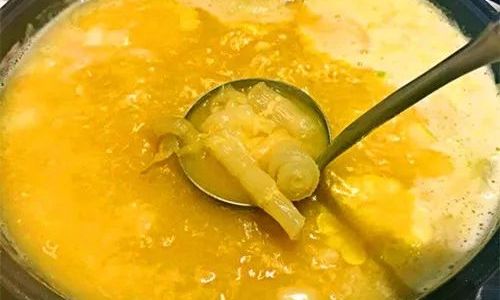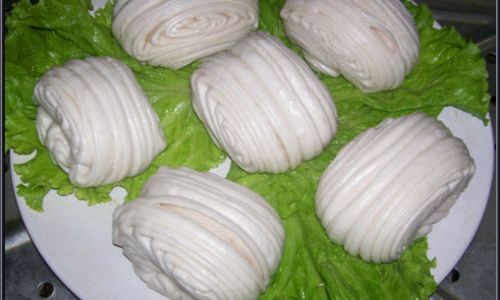Table of content
Chicken bone broth, a golden elixir revered for its rich flavor and myriad health benefits, has been a staple in kitchens across cultures for centuries. Unlike store-bought broths, which often contain additives and lack depth, homemade bone broth is a testament to patience, simplicity, and the transformative power of time. This article will guide you through the process of creating a velvety, nutrient-dense chicken bone broth from scratch, exploring its origins, health advantages, and the intricate steps required to achieve culinary perfection.
The Timeless Appeal of Bone Broth
Bone broth’s popularity stems from its ability to turn humble ingredients—bones, vegetables, and water—into a liquid packed with collagen, amino acids, and minerals. Ancient civilizations relied on bone broths as a source of sustenance during lean times, while modern wellness enthusiasts praise it for aiding digestion, boosting immunity, and promoting joint health. The magic lies in the slow simmering process, which breaks down connective tissues and bones, releasing gelatin, glucosamine, and chondroitin. These compounds are believed to support gut lining integrity, reduce inflammation, and enhance skin elasticity.

Ingredients: The Foundation of Flavor
Crafting exceptional bone broth begins with selecting high-quality ingredients. While the recipe is forgiving, the choice of bones and aromatic additions will determine the final taste and texture.
Essential Components:
- Bones (3–4 pounds): Opt for a mix of raw chicken bones, such as wings, necks, backs, or feet. Roasted bones (pre-roasted at 400°F/200°C for 30–40 minutes) add a deeper caramelized flavor.
- Vegetables (1 cup, chopped): Onions, carrots, and celery (the “holy trinity” of mirepoix) provide subtle sweetness.
- Herbs and Spices: A bay leaf, a few peppercorns, and fresh thyme or rosemary sprigs elevate the broth’s complexity.
- Apple Cider Vinegar (2 tablespoons): This acidic ingredient helps leach minerals from the bones.
- Water (12–16 cups): Enough to cover the bones by 1–2 inches.
Optional Additions:
- Garlic cloves (smashed)
- Fresh parsley (added in the last 30 minutes)
- Tomato paste (for umami depth)
Step-by-Step Preparation
Preparing the Bones
If using raw bones, rinse them under cold water to remove impurities. For enhanced flavor, roast them in the oven until golden brown. This step caramelizes the marrow and connective tissues, imparting a rich, savory taste. Spread the bones on a baking sheet, drizzle with olive oil, and roast at 400°F/200°C for 30–40 minutes, stirring halfway through.

Sautéing Aromatics
In a large stockpot or Dutch oven, heat a tablespoon of olive oil over medium heat. Add the chopped onions, carrots, and celery, sautéing until softened and lightly caramelized (5–7 minutes). This step builds a flavor base that will permeate the broth.
Simmering the Broth
Add the roasted bones to the pot, followed by the herbs, peppercorns, and apple cider vinegar. Pour in the water, ensuring all ingredients are submerged. Bring the mixture to a gentle boil, then reduce the heat to the lowest setting. A bare simmer—where tiny bubbles rise to the surface every few seconds—is ideal. Skim off any foam that accumulates during the first hour to ensure clarity.
The Slow Cook Process
Patience is key here. Allow the broth to simmer for 12–24 hours. Longer cooking times extract more collagen and minerals, resulting in a gelatinous texture when chilled. Check the pot periodically, adding water if needed to keep the bones submerged.
Straining and Storing
Once the broth has developed a deep amber hue, remove it from the heat. Using a fine-mesh strainer or cheesecloth, strain the liquid into a large heatproof container. Discard the solids. Let the broth cool to room temperature, then refrigerate overnight. The next day, skim off the congealed fat from the surface.

Customizing Your Broth
Bone broth is a canvas for creativity. Experiment with these variations to suit your palate:
- Garlic and Herb Infusion: Add 6–8 smashed garlic cloves and a handful of fresh parsley during the final hour of cooking.
- Spicy Kick: Include a dried chili pepper or a pinch of red pepper flakes for subtle heat.
- Asian-Inspired Twist: Swap traditional herbs for ginger slices, star anise, and a splash of fish sauce.
Troubleshooting Common Issues
Even seasoned cooks encounter hiccups. Here’s how to address them:
- Cloudy Broth: Caused by vigorous boiling. Maintain a gentle simmer to keep the liquid clear.
- Weak Flavor: Roast the bones longer next time, or add a tablespoon of tomato paste during sautéing.
- Bitter Aftertaste: Avoid overcooking vegetables; remove them after 2 hours if simmering beyond 12 hours.
Health Benefits: Beyond the Kitchen
Chicken bone broth is more than a culinary delight—it’s a functional food.
- Gut Health: The gelatin it contains may help repair the intestinal lining, aiding digestive disorders.
- Joint Support: Collagen and glucosamine contribute to cartilage health, potentially easing joint pain.
- Immune Boost: Amino acids like glutamine and arginine support immune cell function.
Serving Suggestions
- Sip It Straight: Warm a mug of broth and sip it like tea, seasoned with salt, pepper, and a squeeze of lemon.
- Soups and Stews: Use it as a base for hearty soups, such as chicken noodle or minestrone.
- Sauces and Gravies: Substitute broth for water in pan sauces or gravies for added depth.
Storing and Preserving
- Refrigeration: Keeps for up to 5 days in an airtight container.
- Freezing: Pour cooled broth into ice cube trays or freezer-safe bags for convenient portions. Frozen broth lasts 6–12 months.
The Sustainability Angle
Making bone broth aligns with zero-waste principles. By using bones that would otherwise be discarded, you reduce food waste and maximize nutritional value. Consider saving bones from roast chicken dinners in the freezer until you’re ready to make broth.

Conclusion: A Labor of Love
Chicken bone broth is a testament to the adage that good things take time. While the process demands patience, the reward—a nourishing elixir that heals, comforts, and delights—is unparalleled. Whether you’re seeking gut health, joint support, or simply a flavorful addition to your recipes, this ancient preparation method deserves a place in every modern kitchen. So, gather your ingredients, light the stove, and embark on a journey that connects you to culinary traditions spanning generations. Your body and taste buds will thank you.





0 comments